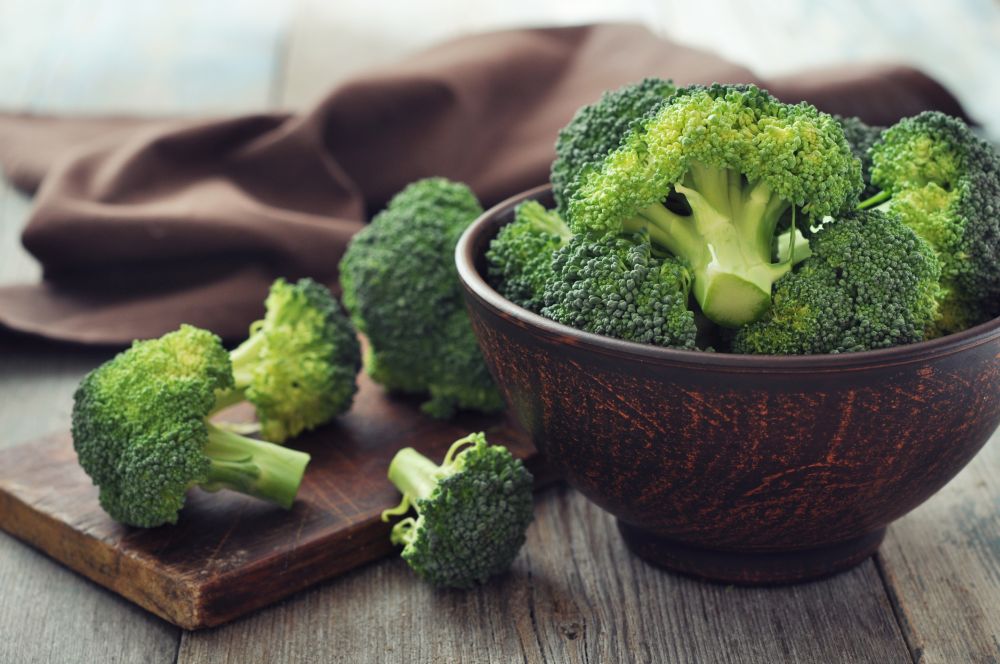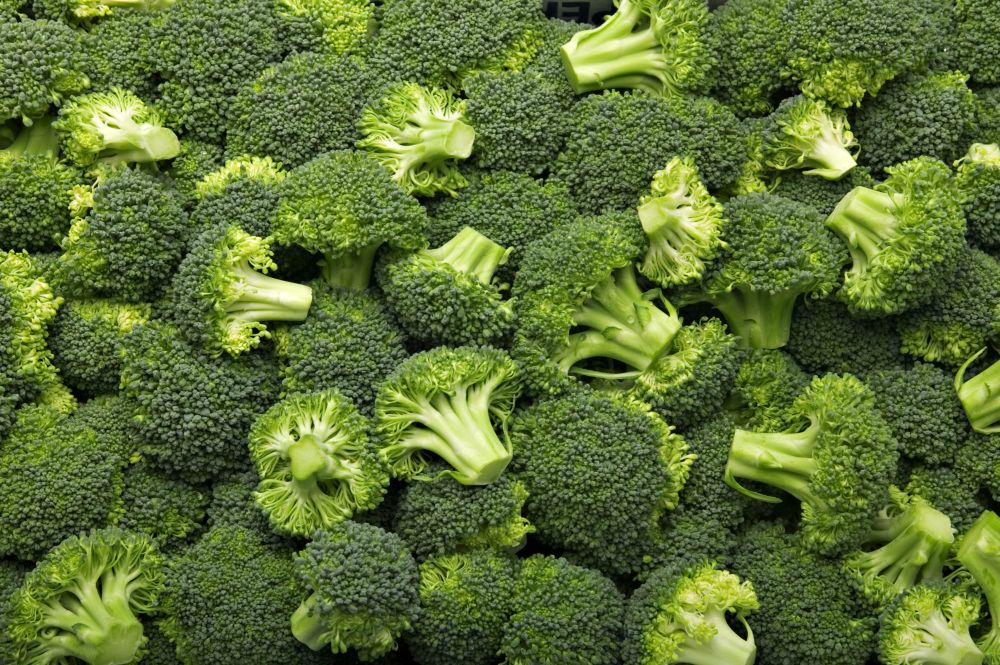Broccoli Care – How To Grow And Harvest Broccoli
Broccoli is an acquired taste. That’s the mildest way I can put it. Some people won’t stand the taste of the veggie while others can’t get enough of it. But as far as healthy food is concerned, broccoli has a lot going for it. It’s packed with vitamins A, B6, B9, C, and K and has decent amounts of calcium, iron, manganese, and phosphorus. So if you can put aside its biting taste, you can add it to your salads, cheese soups, or even freeze it.
And of course, to get the most nutrients out of your broccoli, it should be eaten fresh. So if you’re a broccoli fan and like to eat what you grow in your garden, this article is for you. Read on to find more about this veggie and how to grow and harvest it in your garden.
Broccoli at a Glance
A member of the cabbage family, broccoli (Brassica oleracea) is a cool-season plant grown mainly for its flower head rather than the leaves of the stalk. Between the leafy cabbages and the albino cauliflowers, broccoli stands out with its sharp and bitter flavors.
The average broccoli plant grows out of a single stalk to about 30 inches high and 24 inches in diameter. The broad dark green and meaty leaves have a waxy touch. The main purpose of these leaves is to protect a blossoming head of flower buds. Those buds are ready to open any time especially when the temperature is high and you have long daylight hours.
As a hardy plant that originates from the Mediterranean, you can grow broccoli in zones 2 all the way to 11. But in warmer zones, you need to plant the veggie early and harvest it quickly before the flowers bloom and ruin the whole crop.
Broccoli Varieties
Besides the natural broccoli species that grow in Asia and the Mediterranean, many cultivars have been developed over time. That, more than anything else, tells you something about the popularity of this veggie. When selecting a cultivar to grow, choose one that is suited to your zone and matures within one season, either the spring or fall. Here are some fast-growing broccoli cultivars for your consideration.
- Blue Wind: One of the earliest broccolis to appear on the market. It takes 55 days or less to mature. You can grow it if you live in zones 5 to 8 and it keeps producing small heads after you’ve harvested the main head. When steamed or braised, the broccoli has a mild and even sweetish taste.
- Eastern Magic: A cold-hardy cultivar that grows well in the cold zones of the USA and Canada. You can grow it either in the spring or fall and it only needs 60 days to fully mature. Either cooked or raw, this cultivar has a delicious and quite mild taste. If you plant it in the spring, you can leave it in the garden well into the summer to keep harvesting the side shoots.
- Di Cicco: An Italian cultivar that grows in mild to cold zones between 3 to 8. The small heads are bluish-green and need only 50 days to mature. If you grow more than one plant, you’ll notice they have heads of different shapes and sizes. And just like the Blue Wind, the plant keeps growing new heads after you harvest it until you take it out of the soil.
- Amadeus: Famous for its fast growth rate and rather small heads. You can grow it in the early spring and harvest it before the summer. It also needs 60 days in the soil for the heads to mature. The compact heads are packed with taste and flavors although many people prefer to cook them over eating them raw.
- Calabrese: Another Italian cultivar that does well in zones as cold as 3 and warm zones all the way to 10. It takes about 65 days to develop its large head with its distinct purplish-green colors. You can grow between one to two plants for each family member.
How to Grow Broccoli
If the heads of the broccoli are left beyond their harvest time, the buds will pop open and yellow flowers cover the whole head. These flowers will pollinate then develop seeds. So if you forget to harvest your broccoli in time, you might as well leave them in the soil and collect the seeds. You’ll use these seeds to start your new broccoli batch either this fall or by the next spring.
- Since it has a low tolerance for frost and high temperatures, you should start your broccoli seeds indoors. For spring sowing, start them 3 weeks before the last frost. As for fall planting, start them well into the summer.
- Fill a seedling cell tray with a soilless medium. Make sure that the tray has drainage holes and place another tray under it to collect the excess water.
- Plant two seeds in every cell at a quarter-inch depth and keep a grow light on over the tray at all times.
- If the temperature in the room is too cold for the seeds, you can place a heat mat under the tray.
- Once the seeds germinate, reduce the temperature in the room.
- After the last frost, take the seedlings outside gradually to get them acclimatized to outdoor conditions.
- Prepare the soil in a sunny spot in your garden and build rows about one foot apart.
- Dig a small hole for each seedling and keep the holes 18 inches apart.
- Plant the seedlings in the holes and fill back with soil.
- Water the soil to get it moist.
Broccoli Care
Since it’s a hardy veggie, broccoli zips through its short lifespan without much help. It’s not finicky about the soil or nutrients. And it has a high tolerance for both cold and hot temperatures. Barring frost or excessive heat, you’re almost guaranteed to have a good yield each time you grow it.
Light
Depending on your zone, you’ll need either to seek the sun or protect your broccoli plants from it. If you start your veggie in the spring and you live in a hot zone with long daylight hours, you should start the plants as early as you can indoors and pick a spot with partial shade. In cold zones where there’s no risk of excessive heat, you can plant the seedlings in a sunny spot that gets at least 6 hours of sunlight a day. For fall planting, you can go ahead and plant it in an area that gets the full sun regardless of which zone you live in.
Soil
Broccoli favors rich soil over one with little nutrients. Luckily you can fix that by mixing organic materials into the soil before planting the seeds or seedlings. The more well-drained the soil the better. But since you plant it on rows, the roots of the veggie will not have trouble with clay or heavy soil. The soil pH should be neutral and any reading between 6.0 to 7.0 will do just fine.
Temperature
The temperature of the air and soil is important for the growth and success of broccoli. While it can tolerate cold conditions, broccoli struggles when the temperature rises above 80 degrees F. That’s when your veggies are at risk of bolting where the flower heads open up before you have a chance to harvest them. Ideal temperatures that keep the plant growing happily are between 65 to 70 degrees F. So time your planting to avoid excessive hot and cold weather as the heads near maturity.
Water
When you consider that about 89 percent of the broccoli is just water, that gives you an idea of the plant’s water needs. On average you’ll need to provide it with one or one and a half inches of water every week. That’s between 16 to 24 gallons. If the soil dries out quickly, especially as the temperature rises in the late spring, you might have to water your batch twice a day. Water the plants deeply near the stalk and avoid sprinkling the heads or leaves.
Fertilizer
If you start your broccoli in naturally rich soil, then you won’t need to side-dress it later. However, in some situations plant food supplements are necessary. If for example you expect unusual weather conditions and you’d want to fast-track the growth of the veggies. In that case, you can use slow-release organic compost or aged manure. I wouldn’t recommend using chemical fertilizers with veggies since it defeats the purpose of growing your own organic food.
Pests and Diseases
If you have experience with growing cabbage, then you’d be familiar with the types of pests that attack your broccoli. In the early stages and before the heads have even developed, aphids, cabbage root maggots, cabbageworm, and cabbage loopers attack mercilessly. Check your broccoli batch regularly for signs of infestation such as small holes in the leaves. Treat the veggies with neem oil to get rid of the pests.
As for diseases, you should be watchful for blackleg, clubroot, downy mildew, and black rot. Clubroot in particular is quite lethal and causes the plants to wilt and die before you could intervene. The best way to prevent it is to grow cultivars with high resistance to the disease and make sure the soil pH is around 7.0. For the other diseases and infestations, it helps to not plant the veggie in the same spot every year.
Harvesting Broccoli
Broccoli has a small harvesting window. If you pick too early, the heads haven’t fully matured and will have a pungent taste. If you wait for too long, the flower buds pop open rendering it inedible. So always check the average maturity period of the cultivar you grow and the expected size of the head.
You should start harvesting your broccoli when the head reaches its full size, becomes dark bluish-green, and feels firm and compact under your thumb. The best time to harvest the ripe heads is in the early morning. Hold the bottom of the head with one hand and use a clean blade to cut about 6 inches of the stem below.
If your cultivar grows side shoots, keep the plants in the soil. These shoots are usually smaller than the main head but they are more succulent and crisp. Keep the heads in the fridge for up to 5 days.



